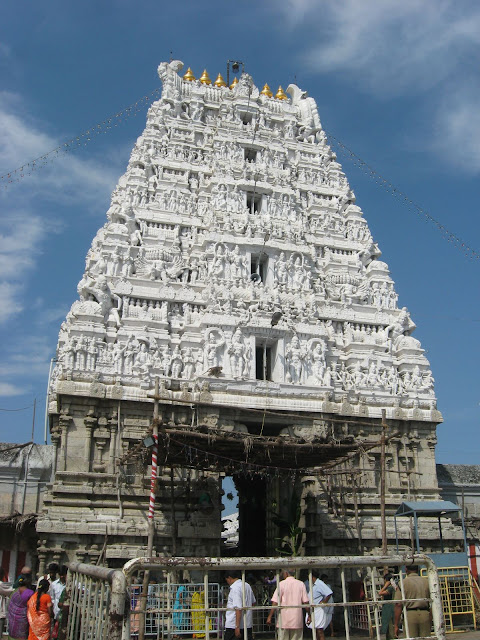Chennai has been the home for many sacred temples and many beautiful sight seeing places. If you are deciding to spend your holidays here make sure that you have a long one because we have tourist places in Chennai andtourist places around Chennai.
Top ten tourist places to visit near Chennai
Mahabalipuram :
Located at a distance of 55kms, is the world famous town of Mahabalipuram and this town has a lovely seaside view. Going 15kms further we find Tirukkalikundram a pilgrim centre with a hilltop temple dedicated to Lord Shiva.
Covelong:
This is a place which makes one experience the entire history of Tamil Nadu as a whole. It’s full of fort, churches, mosques and a lovely beach. The Fort has been converted now into a luxury beach resort
This is a place which makes one experience the entire history of Tamil Nadu as a whole. It’s full of fort, churches, mosques and a lovely beach. The Fort has been converted now into a luxury beach resort
Kanchipuram:
Along with Chennai and Mahabalipuram, Kanchipuram forms the famous Golden Triangle of the Coromandel Coast. Kanchipuram finds its place on the global map because of the wonderful craftsmanship of the Kanchi weavers, the makers of what is perhaps the finest silk fabric in the world. This spectacular temple city is one of the seven sacred cities of India.
Along with Chennai and Mahabalipuram, Kanchipuram forms the famous Golden Triangle of the Coromandel Coast. Kanchipuram finds its place on the global map because of the wonderful craftsmanship of the Kanchi weavers, the makers of what is perhaps the finest silk fabric in the world. This spectacular temple city is one of the seven sacred cities of India.
Tirupati:
Tirupati is considered to be the abode if the legendary Lord of Seven Hills and has one of the most famous shrines in the country
Crocodile Bank:
Located near Mamallapuram, Romulus Whittaker runs this crocodile breeding and research centre. We find here several species of Indian and African crocodiles and alligators which are bred in captivity.
Located near Mamallapuram, Romulus Whittaker runs this crocodile breeding and research centre. We find here several species of Indian and African crocodiles and alligators which are bred in captivity.
Vedanthangal:
it is one of the largest bird sanctuaries in India. It is a park with lake which is visited by over 1,00,000 migratory birds every year mainly during Nov and Dec.
V.G.P Golden Beach Resort:
It is a very famous beach resort not just with the localities but also with the tourists.
Vandalur:
The Anna Zoological Park located here is the largest in South Asia with a rich variety of different species of mammals, reptiles and birds.
The Anna Zoological Park located here is the largest in South Asia with a rich variety of different species of mammals, reptiles and birds.
Pondicherry:
This town has been immensely influenced by the French and is famous since Sri Aurobindo once lived here. It has many churches, museums etc which are good for sightseeing.
This town has been immensely influenced by the French and is famous since Sri Aurobindo once lived here. It has many churches, museums etc which are good for sightseeing.
Rameswaram:
This conch shaped island in the Gulf of Mannar is a holy spot for Hindus and is located near Madurai.
This conch shaped island in the Gulf of Mannar is a holy spot for Hindus and is located near Madurai.
Kanyakumari:
The land’s end of India to view the spectacular sunrise and sunset at the beach. The temples here are among the places of interest.
The land’s end of India to view the spectacular sunrise and sunset at the beach. The temples here are among the places of interest.
Tourist attraction in Chennai is full of surprises. Hope you will enjoy the city and will have a nice trip.


